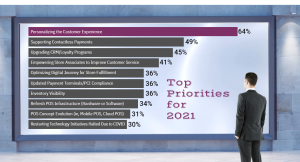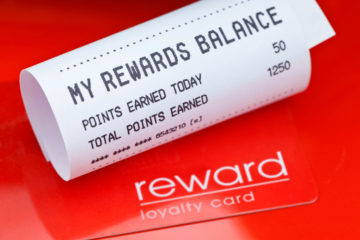The future of customer experience lies in hyper-personalization

Although online commerce has worked hard to improve its customer journey, the physical store still has the upper hand if it is able to adapt and transform the customer experience through hyper-personalization, relying on tools such as clienteling that seek to transform anonymous buyers into loyal customers and offer them individualized treatment.
According to Accenture, 91% of consumers say they feel more comfortable buying brands they know, identify with, and offer better deals and recommendations. While the concept of personalization is not new, most retailers have not yet exploited its full potential.

According to a study by RIS news, 64% of those surveyed point to personalization of the customer experience as the number one priority in 2021.
Hyper-personalization is an extension, an evolution of the more traditional personalization that is typically based on market segmentation techniques. Hyper personalization delves into the data looking for individualized segmentation.
To do this, we need to know each of our clients in depth.
Retailers have at their disposal a multitude of data that comes from the different points of interaction with their customers and can use it to personalize both their product offering and the content and experiences they offer them. The ultimate goal is to be able to offer a personalized experience in real time.
A good example is Starbucks, the American chain of coffee shops, which uses the data from its loyalty app to understand the needs and preferences of each customer. With this information, personalized emails are sent to customers with offers that are really relevant to them.
By combining the face-to-face experience, which has the advantage of being more personal and familiar, with the right tools, retailers can win back consumers who increasingly prefer digital channels and are inclined to limit their interactions in the physical store to collecting online purchases.
The personalized customer experience
There are several technologies that will help retailers improve their ROI and attract more customers to the physical store by offering them an increasingly personalized experience.
From apps that allow consumers to enjoy their discounts and point systems in all channels, through clienteling techniques such as automatic product recommendation to promote cross-selling, to the most advanced artificial intelligence solutions applied to retail and interactive displays.
It is vital to have correct and up-to-date customer data to be able to design a hyper personalized customer experience, and customers are more likely to share their data if they know that it will improve their shopping experience.
Collecting as much information as possible so that when a customer enters the store, special discounts can be activated according to their latest purchases in the app, and ensuring that all stores have a complete purchase history and know the preferences of each customer; these are just are some of the strategies that can be used to get your customer to return more often to the physical store.
Once again, the trick is to know the customer and put them at the center of the strategy.
👉Find out how BUT, a leading French furniture and home décor retail chain, has improved the in-store customer experience using mobile clienteling by reading the case study To learn more about the clienteling capabilities of Openbravo POS visit our website.



